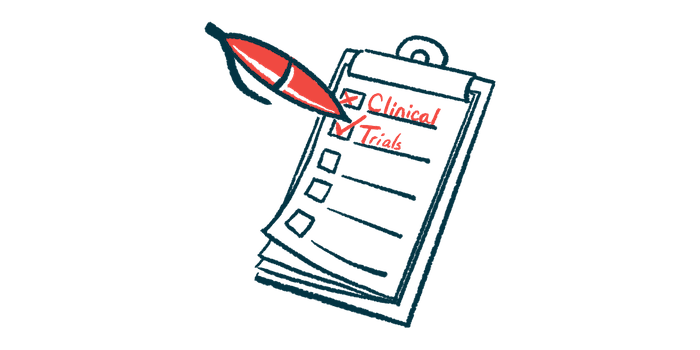1st SCD patient soon to be given therapy to restore fetal hemoglobin
Phase 1/2 trial of BEAM-101 enrolling adults with severe sickle cell in US
Written by |

The Phase 1/2 BEACON trial, which is testing the gene-editing cell therapy BEAM-101 in people with sickle cell disease (SCD), is expected to dose its first patient before the year’s end.
According to Beam Therapeutics, which is developing the therapy for fetal hemoglobin production, the trial is expected to continue enrolling patients into 2024. Recruitment is ongoing at several U.S. sites.
“In the BEACON trial, patient enrollment, mobilization, and manufacturing are progressing well, and we remain on track to treat the first trial patient with BEAM-101 this year and report clinical trial data on multiple patients next year,” John Evans, Beam’s CEO, said in a company press release.
BEAM-101 aims for fetal hemoglobin production in adults
Sickle cell is caused by mutations that result in the production of an abnormal version of hemoglobin, the protein red blood cells use to carry oxygen. The abnormal hemoglobin tends to form clumps inside red blood cells, giving them the sickle-like shape that lends the disease its name. Misshapen red blood cells are stiff and prone to obstructing blood vessels, which can cause a series of complications.
Sickle cell specifically affects the adult form of hemoglobin. An alternative version of the protein, called fetal hemoglobin or HbF, is made during early fetal development but usually stops being produced in infancy.
BEAM-101 is designed to turn on HbF production in patients’ blood cells, which is expected to reduce hemoglobin clumping and, consequently, ease disease symptoms.
The therapy entails collecting hematopoietic stem cells (HSCs) — the stem cells responsible for giving rise to new blood cells — from a patient’s bone marrow.
The HSCs then are genetically edited in a laboratory to turn on HbF production, before being returned as a marrow transplant to the patient to repopulate the body with fetal hemoglobin-producing blood cells. Prior to the transplant, patients must undergo a conditioning chemotherapy regimen to destroy existing HSCs in their bone marrow, making room for the newly edited cells.
The Phase 1/2 BEACON trial (NCT05456880) is expected to enroll a total of 45 people with severe SCD. The study is currently open to adults ages 18 to 35, with plans to potentially expand to include patients starting at age 12 if initial safety data in treated adults are positive.
Reporting of initial trial results expected in 2024
All patients in the open-label trial will be treated with BEAM-101. The first three patients will be treated sequentially, one after the other, with pauses in between each to assess safety outcomes. If all goes well, the others will be treated in parallel.
The study enrolled its first participant a year ago, and more patients now are moving through the process of screening, HSC collection, and cell engineering. Beam expects that current enrollment numbers are sufficient to fill the study’s planned initial sentinel group, as well as to initiate the trial’s expansion group.
Initial trial data are expected next year, according to Beam.
Beam also is developing a platform called ESCAPE intended to offer a safer alternative for the conditioning regimens used to deplete existing HSCs before a stem cell transplant.
The company also said it is exploring the potential for in vivo-based editing programs in SCD, which aim to alter the genetic code of HSCs directly within a person, eliminating the need to collect and later transplant engineered stem cells.






